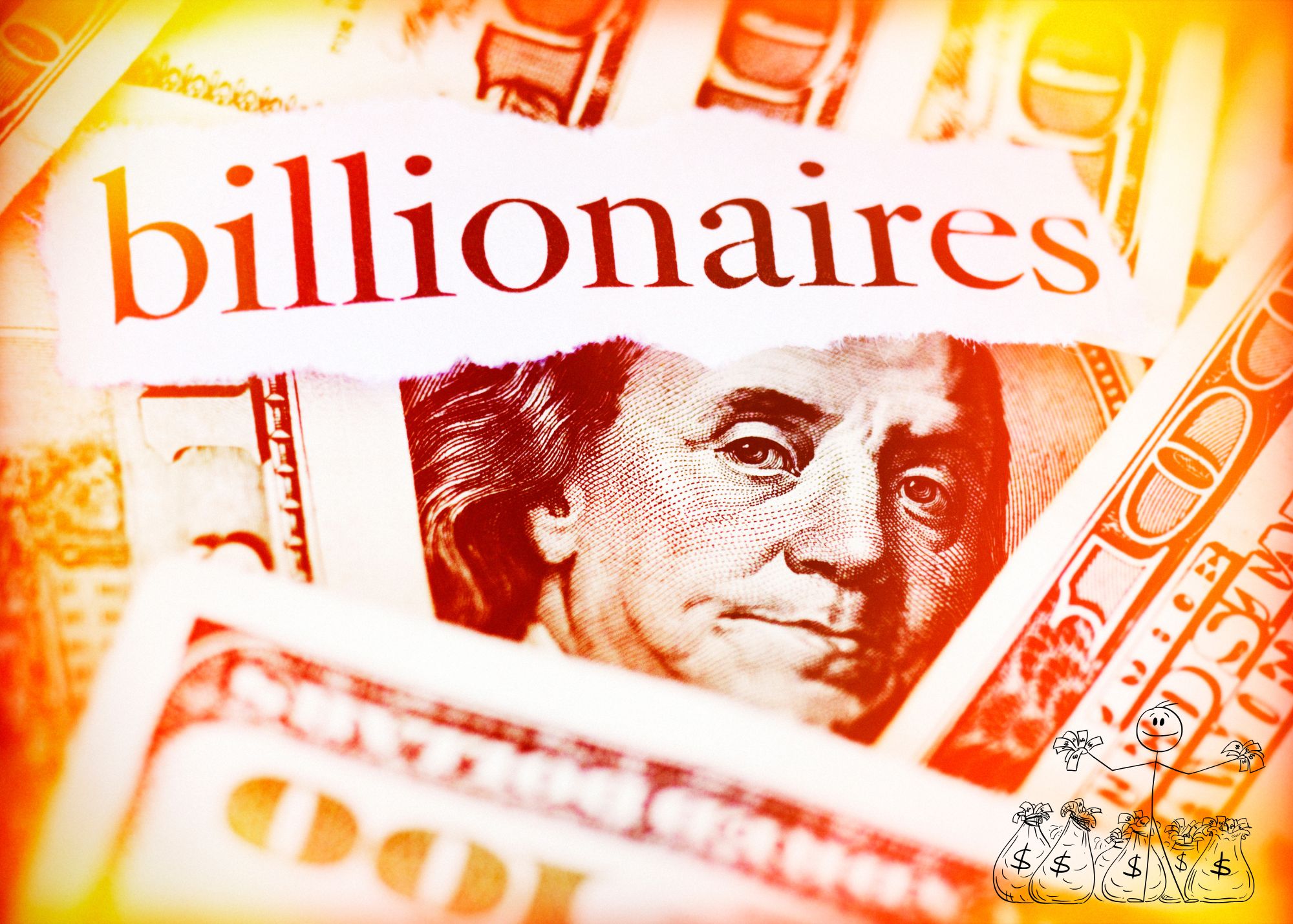Why Warren Buffett Loaded Up on Heico
Berkshire Hathaway quietly raised its stake in Heico by over 11% last quarter, bringing its total position to about 1.3 million shares. That move turned heads because Heico isn’t a typical Buffett pick. It’s not cheap by traditional value metrics, and it doesn’t sell iconic brands like Coca-Cola or Geico.
So why did Berkshire, or more likely one of Buffett’s trusted lieutenants, buy into this high-multiple aerospace parts manufacturer?
Key Points
-
Heico dominates a niche market for FAA-approved aircraft replacement parts that match OEM quality but cost less.
-
Heico’s steady stream of small acquisitions have built a remarkably efficient, high-margin business.
-
Buffett’s team likely paid a fair price for a great company, one with recurring revenue, and durable demand.
Hidden Moat in the Skies
Heico is a behind-the-scenes powerhouse in aerospace and defense. It makes FAA-approved replacement parts and advanced electronic components used in both commercial and military aircraft.
The company’s strength lies in its aftermarket model: it designs and certifies parts that match OEM performance but sells them at discounts often exceeding 25%.
Airlines and defense contractors benefit from lower maintenance costs and identical reliability, while Heico builds a loyal customer base. This niche has effectively created a “shadow OEM” ecosystem that major manufacturers like Boeing or Lockheed can’t easily compete with without hurting their own service profits.
With flight volumes climbing past pre-pandemic levels and global defense budgets up nearly 9% year-over-year, Heico sits perfectly positioned to capitalize on both rising commercial demand and heightened geopolitical spending.
The Financial Engine
Heico’s growth streak is remarkable with 17 straight quarters of revenue increases and 16 consecutive quarters of earnings growth. Margins held at over 16%.
The Mendelson family, still leading the company after decades, has built Heico into a disciplined compounder through more than 90 small acquisitions since 1990.
The focus has always been on incremental expansion rather than risky mega-deals. a strategy Buffett himself has long admired.
Is It Overpriced or Just Misunderstood?
At about over 50x trailing earnings and eight times sales, Heico looks expensive.
But analysts expect earnings per share to grow roughly 17% annually over the next five years.
Around 60% of its revenue comes from defense and space, which provides a buffer when commercial cycles slow.
And because of its replacement-parts business, Heico enjoys recurring revenue streams more typical of a software company than an industrial manufacturer.
Why It Fits Berkshire’s Playbook
Berkshire’s $230 million stake represents less than 0.1% of its portfolio, meaning this was likely the work of Todd Combs or Ted Weschler.
Still, the rationale is pure Buffett. Heico’s narrow but defensible niche acts as a moat, its profitability and capital efficiency far outshine industry peers, and secular tailwinds in both defense and aviation support durable long-term growth.
Rather than waiting for a bargain, Buffett’s team seems to have paid a fair price for an exceptional business with a clear runway for compounding returns.
Now What?
Heico won’t deliver the kind of fireworks investors see in AI plays, but that’s not the point. It’s a steady compounder with consistent profitability, smart management, and powerful structural tailwinds.
At roughly $240 per share, it’s likely fairly valued, but a fair price for a great business can still be an excellent long-term deal. For Berkshire, Heico embodies the kind of leading business that keeps growing long after the headlines fade.



